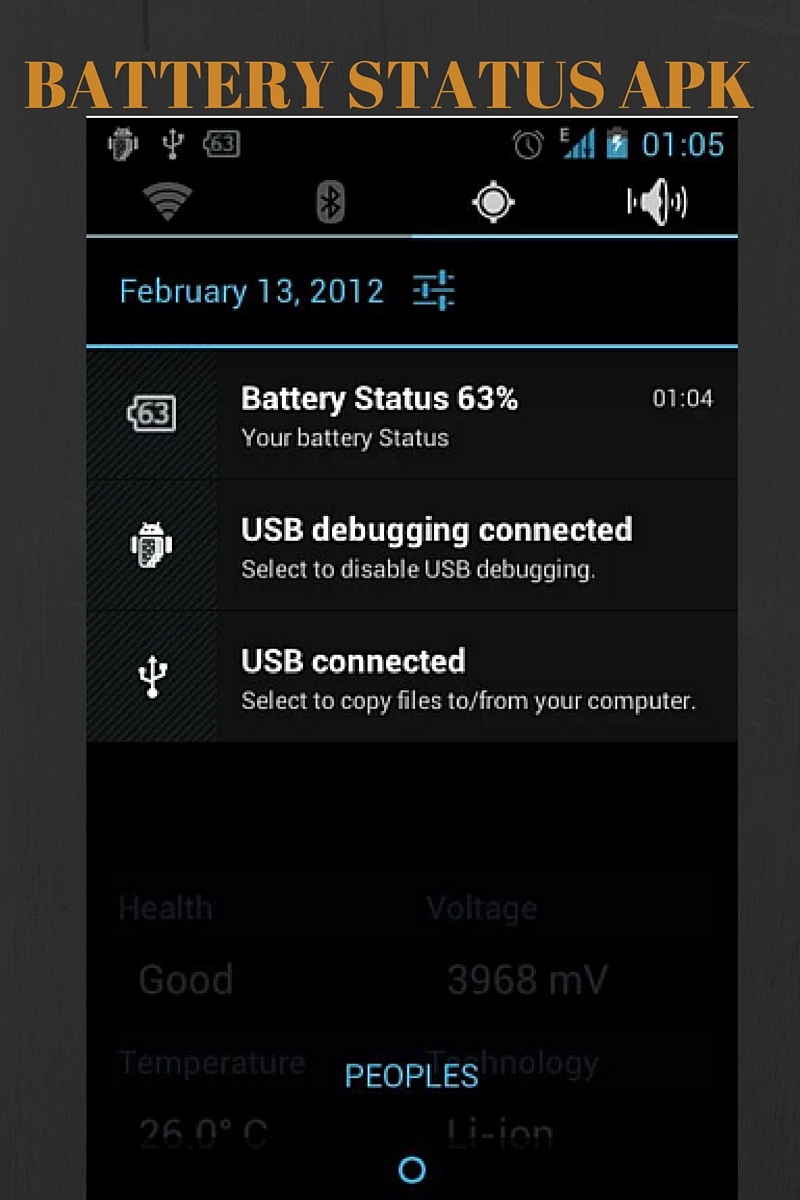

Furthermore, lithium-ion batteries (those found in pretty much every smartphone) degrade a tiny bit with each charge cycle. The advantage of this method is that you can see the battery status even when your iPhone is locked. The battery percentage left can now be seen on the upper-right side.
Real world use always chips away at the total capacity over time, but a healthy battery will have only a few percents shaved off its original capacity. To get the battery percentage, swipe down from the top-right corner of your screen to open the Control Center. The first is the maximum remaining capacity (the total charge your battery can hold). The second is the total number of charge cycles the battery has gone through. RELATED: Everything You Need to Know About Improving Your iPhone's Battery Lifeįortunately, there are two excellent metrics you can check to get a big picture view of your battery’s health. Compounding the problem is that most mobile phones don’t have a user-accessible battery that can be swapped out with a new, fresh battery. If you’ve ever had to constantly recharge your older phone because the battery would only last a couple of hours, then you know how annoying this is. RELATED: Debunking Battery Life Myths for Mobile Phones, Tablets, and Laptops After a year, your battery life won’t be as long as when the phone was new, and it will continue to degrade as the years go by. Battery life determines how long your battery lasts on a single charge, but your battery health determines how much your battery life diminishes over time. Open the Notification Center (swipe right). In case you do not find the Batteries widget from the Notification Center, follow these steps. By default, the battery widget will not be there in the notification center. Battery health is different than battery life. The battery widget will show the iPhone battery, Watch battery and all other devices connected to the iPhone.


 0 kommentar(er)
0 kommentar(er)
